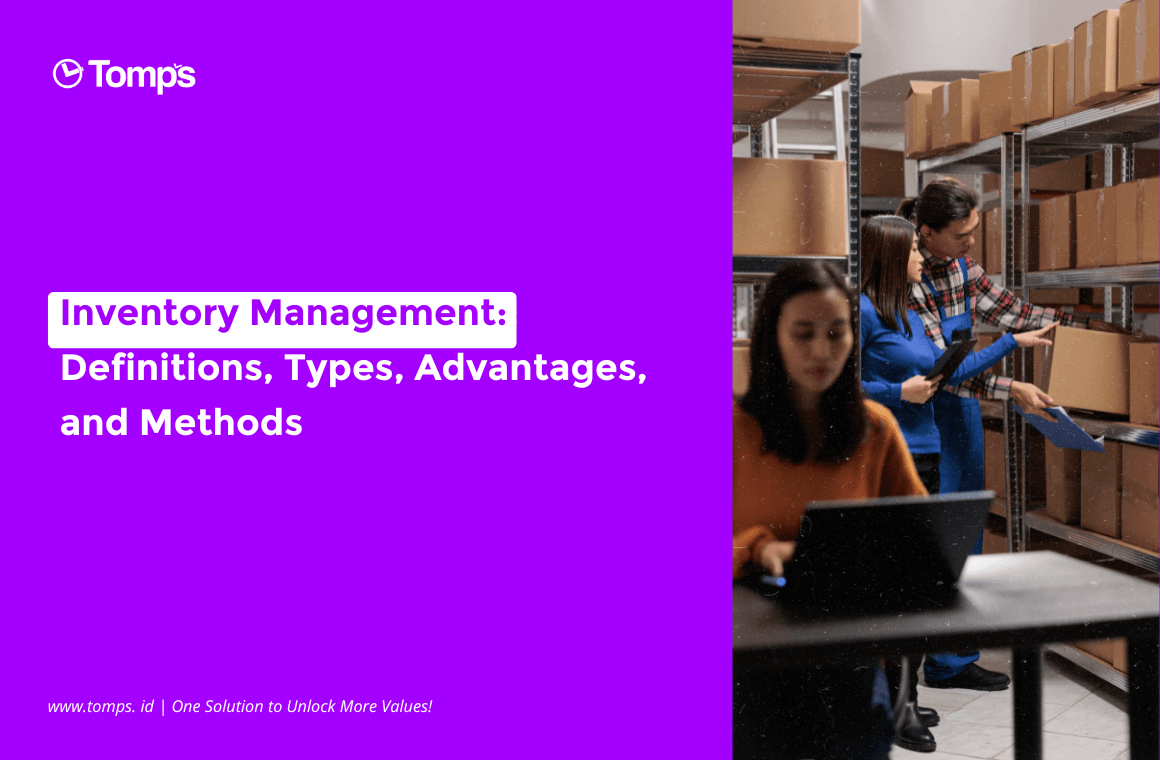Conflict Management: Benefits and Strategies for Managing Conflict Management

In every interaction, there are always various potential conflicts. Did Tom-Mates feel this way too? Whether as an individual or a company, the conflict will always be present, whether on a large or small scale. The thing to note is how to make a conflict a place to develop and grow instead of getting worse. This can be pursued with conflict management, namely the art of managing conflict. To find out more about conflict management, the following is a review.
DEFINITION
Definition of Management
Management comes from the Italian Maneggiare (Haney in Mardianto, 2000) which means to train horses which means to control. In English Management (Echols and Shadily, 2000) means management. In Chinese, management is kuan lee which comes from two words, namely kuan khung (supervising people at work) and lee chai (management of money conflicts) (Mardianto, 2000). According to the Big Indonesian Dictionary (KBBI), management is the effective use of resources to achieve goals.
Definition of Conflict
According to Johnson (Supratiknya, 1995) conflict is a situation where the actions of one party result in obstructing, hindering, or interfering with the actions of the other party. According to Vasta (Indati, 1996), the conflict will occur when someone does something but other people refuse, deny, object or disagree with what someone is doing. Conflict also means there is opposition or disagreement between people or groups. Every interpersonal relationship contains elements of conflict, conflict of opinion, or difference of interest.
Definition of Conflict Management
From the description of the definition of management and conflict, it can be concluded that conflict management is a method used by individuals or groups to deal with conflicts or disputes with other people. In this case, if the conflict is not managed properly it will have a negative impact so conflict management is needed. Robbins (in Winardi, 2003: 271) describes conflict management as a coordinating process using resolution and stimulation techniques to achieve the desired level of conflict so that the right solution for the conflict is obtained.
FACTORS AFFECTING CONFLICT MANAGEMENT
According to Wirawan (2010: 135-138), conflict management occurs due to several factors, namely :
1. Assumptions about conflict
This assumption is influenced by behavior patterns in dealing with existing conflicts. If someone has assumptions about conflict, AI will think about how to resolve the conflict.
2. Perceptions of the causes of conflict
A person’s perception of conflict will affect the style that will be carried out in dealing with conflict. If someone considers the conflict to be unimportant, then he or she will act to avoid dealing with the conflict.
3. Expectations on the reaction of the opponent to the conflict
If a person is aware of facing a conflict, he will develop strategies and tactics to deal with the conflict which aim to resolve the conflict.
4. Communication patterns in conflict interactions
If the communication process of the parties involved goes well, then the communication message will be easy to understand and receive without negative interference. In this case, interpersonal communication skills are considered effective in resolving conflicts.
5. Owned power
If the parties involved have more power than the conflicting opponent, they are more likely to refuse to budge and the conflict will be more difficult to resolve.
6. Experience dealing with conflict situations
If someone who already has experience in managing conflict will help him deal with the following conflicts so that solutions are resolved more quickly.
7. Owned source
Sources here mean, among others, power, knowledge, experience, and money.
8. Gender
In this case, how men and women respond to the conflict will be different. Usually, men tend to be more rational than women who are strong with their feelings.
9. Emotional intelligence
A person can overcome and control emotions in the face of conflict, and use and utilize emotions to help the mind.
10. Personality
If someone who has a brave, ambitious personality tends to choose a competitive style. On the other hand, someone who is passive and timid will tend to avoid conflict.
11. Social system organizational culture
Every organization has a different culture and norms that make its members tend to choose a conflict management style. For example in Western society, children are taught to compete since childhood. Unlike the case with Eastern society, which is taught to compromise and avoid conflict.
- Procedures governing decision-making in the event of a conflict
- Conflict situations and positions in conflict
- Experience using one of the conflict management styles
ASPECTS OF CONFLICT MANAGEMENT
According to Gootman and Korkoff (Mardianto, 2000), states that in general there are 2 aspects of conflict management, namely:
1. Destructive conflict management
This includes conflict engagement (attacking and losing control), withdrawal (withdrawing) from certain situations which are sometimes so frightening that withdrawing is a way of self-defense and compliance (giving up and not defending oneself).
2. Constructive conflict management
This includes positive problem solving which consists of compromise and negotiation. Compromise is a form of accommodation from the parties involved to reduce demands in order to reach a settlement of the dispute. Negotiation is a way to determine a decision that can be agreed and accepted by the disputing parties and what actions will be taken in the future.
Meanwhile, according to Robbins (2002: 215) argues that several aspects of conflict management that are often carried out by someone include:
1. Competition
It is a power-oriented style in which a person will use the power he has to win a conflict.
2. Collaboration
It is a solution-seeking style when the interests of both parties are too important to be compromised. Collaboration tends to create a situation that allows the goals of both parties to be achieved so that it becomes better.
3. Avoidance
Is a style that tends to view conflict as unproductive by throwing problems at others or hiding from existing conflicts.
4. Accommodation
It is a style that prioritizes common interests over personal interests. In this way, it is enough to make conflicts that occur more cooperative for the sake of common interests.
5. Compromise
It is a style that is more oriented towards a middle ground for all parties and creates common interests.
To better understand the aspects of conflict management, there are 4 quadrants of conflict management according to Prijosaksono and Sembel (2003), namely:
1. Win-Win (Collaboration)
The goal is to resolve conflicts by creating a settlement through a mutual agreement that binds all conflicting parties. This process usually takes a long time because it must accommodate the interests of 2 parties and requires a great commitment from all parties to complete and grow a strong long-term relationship. In short, this relationship creates a committed relationship to seek common ground between the two interests.
2. Win – Lose (Competition)
In this phase, there will be a winner and a loser, thus creating conditions for competition between the parties. This condition forces a party to lose and tends to be forced so that it does not apply to either party.
3. Lose – Win (Accommodates)
In this case, there are usually parties who are in a position to give in to facilitate the other party. This style aims to avoid larger conflicts and wider consequences by pursuing a peaceful process. Losing, in this case, does not mean losing but creating an atmosphere of peace.
4. Lose-Lose (Avoiding Conflict)
This style is a form of avoiding conflict or ignoring problems that may arise. This means that both parties agree to resolve the conflict and find an agreement to resolve the conflict. This method can usually only be done for relatively light and not too important conflicts.
CONFLICT MANAGEMENT STRATEGIES
According to Devitto (1997: 270-274), the strategies for managing conflict management include the following:
1. Dodge and fight actively
Dodge means physical avoidance that is real, for example leaving the room. However, rather than avoiding it, it is better to take an active role in the conflict at hand so that we can understand each other what the problem is by being active speakers and listeners and being responsible for every thought and feeling.
2. Force and talk
The majority do not face the issue but impose their position on others, both physically and emotionally. The real alternatives are talking and listening, openness, empathy, and a positive attitude.
3. Blame and empathy
Because women are dominant with feelings, they are usually more likely to blame others to cover up their behavior. This of course will not solve the problem. But when trying to empathize, understand how other people perceive things as different.
4. Silence and facilitate open expression
Silence won’t solve the problem, make sure that everyone is allowed to express themselves freely and openly, without anyone feeling lower or higher.
5. Focus on the present
Focus the conflict in the here and now and on the person in question and nothing else.
6. Manipulation and spontaneous
Avoid open conflict and try to hide the conflict by still behaving pleasantly, but it is better to express feelings spontaneously because the solution to the conflict is not a matter of who loses and wins but is understanding from both parties.
7. Private reception
Express positive feelings in others.
8. Fighting “under and above the belt”
Brings conflict to an area that the opponent can understand and can overcome.
9. Argumentative and verbal aggression
Willingness to explain argumentatively the point of view in the conflict without attacking the self-esteem of the opponent
MANFAAT MANAJEMEN KONFLIK BAGI PERUSAHAAN
In any situation, the opportunity for conflict is always there and it is normal. It doesn’t always have a bad impact, conflict also has benefits if done in the right way, one of which is through conflict management. The following are the benefits of conflict management, namely:
1. Increase employee engagement and sense of belonging
When a conflict occurs, employees who were previously passive and unconcerned will be involved in providing ideas/ideas regarding the problems at hand. This is a positive outcome for fostering a sense of belonging to the company and co-workers.
2. Develop conflict resolution skills
With various problems that arise, each member will be trained to be responsive to find solutions that are being faced. The ability to deal with various conflicts is a very useful skill in dealing with the dynamics of a company that continues to grow.
3. Detecting gaps in the work system
If the company faces a conflict, it means that there is a working system that needs to be re-evaluated. Is there a conflict between employees or a work culture that is not by employees and various other assumptions? With a problem, the company can detect what factors cause conflict and what solutions can be done.
4. Train employees to be empathetic and solution-oriented
Involving employees in the conflict management process means training them to think solution-oriented and train their empathy. This will train their soft skills which will be very useful in the future in addition to technical skills.
By understanding what conflict is and how to manage it, a conflict that initially only has a negative impact will have a positive impact if it is responded to well. Indeed, every conflict that exists in life if it is responded to and managed properly, will be very useful in terms of advancing creativity and innovation in the future. To make it easier to manage conflict management on your projects, Tomps as an all-in-one professional project management application can help you monitor project progress to keep it under control!
Comments (0)
Explore more
Manage Projects, Properties, and Assets Efficiently
Boost company productivity and efficiency with Tomps products, trusted by businesses across various industries in Indonesia.
Get StartedGet Our Newsletter






